
Vietnam is an S-shaped country with a coastline of 3,440 km, with a unique and favorable geographical position in the East Sea and Southeast Asia. However, being located in the Southeast Asian monsoon belt along with diverse terrain means that Vietnam is one of the countries with the most natural disaster-prone resources in the world and has to endure many different types of natural disasters such as storms, tropical depressions and forest fires, especially floods, droughts, saltwater intrusion, landslides, etc.
Climate change scenarios predict that if sea levels rise by 1 meter, about 39% of the Mekong Delta will be flooded, threatening more than 18 million people and losing about 50% of agricultural land. In fact, the natural disaster situation is very complicated, with floods at historic levels, causing very serious damage to land and property, and increasingly extreme impacts on economic growth when natural disasters in 2024 caused damage of about 0.4% of GDP, and in 2025 it is estimated to be at least about 2%. The above damages do not include human loss and the cost of handling the consequences of natural disasters such as epidemics, environmental pollution, etc.
Therefore, in Vietnam, one of the most important contents of sustainable management of natural resources is to strengthen the protection of the natural environment, especially the prevention and response to natural disasters. According to sustainable development experts, in addition to objective causes, we can review some basic subjective causes that aggravate the consequences of natural disasters. That is, the awareness of the community as well as the forecasting and communication capacity of management agencies on responding to extreme weather is still limited. Response resources are still limited because many irrigation works, dykes, reservoirs and landslide prevention and control systems that were built long ago have degraded, their efficiency has decreased, the risk of dam safety has increased... have not been repaired or supplemented in a synchronous and effective manner. In addition, when natural disasters occur, response resources are not yet professional, simple and asynchronous...
Land use planning, green trees in general and irrigation and water supply and drainage in particular are not synchronous, have limited inter-regional vision and lack of inspection. The rapid urbanization process along with projects such as real estate, transportation, hydropower, renewable energy, mineral exploitation, etc. change the natural landscape and change the dynamics of ecosystems such as land, water surface, forests, space, etc., seriously affecting irrigation and water supply and drainage work, and as a result, people and livelihoods are more vulnerable than before.
Currently, the Law on Natural Disaster Prevention and Control 2013 has been supplemented and amended in a positive direction. In addition, the Ministry of Agriculture and Environment has reported to the Government and proposed a capital source of about 85,000 billion VND for the period 2026 - 2030, continuing to invest in upgrading the system of dykes, reservoirs, and canals serving production. The Ministry has also advised the Government to amend and supplement Decree 02 on support for damage after natural disasters. The new point of this decree is that the support level is increased from 1 to 2 times, even 3 times compared to previous regulations, while at the same time eliminating many cumbersome administrative procedures, making it easier for people to access. In addition, the Ministry determined that it must do a good job of forecasting and early warning, helping people and local authorities at two levels to be more proactive in responding to minimize damage to people and property...
Reality shows that natural disasters are global phenomena, occurring suddenly, in many places, at many different times, so full and synchronous disaster prevention requires huge resources and a long-term period. The natural disaster situation in our country is happening every year very seriously along with complex climate change, so it is necessary to proactively mobilize and synthesize 5 basic resources. Regarding people, raise awareness of the whole population about resource protection and eliminate the common perception that natural resources are unlimited and free. With the serious nature of annual natural disasters and the increasing impact of climate change, it is necessary to consider natural disaster prevention as a war in peacetime and one of the biggest pitfalls causing the gap between rich and poor, average income. In addition, it is necessary to improve the disaster prevention skills of people, businessmen and civil servants, especially in key areas.
In terms of institutions, the Law on Natural Disaster Prevention and Control 2013 (Article 6) stipulates that the Vietnam People's Army is the core force in natural disaster prevention and control. However, it is necessary to emphasize more the initiative of the army and armed forces in responding to and overcoming natural disasters. The strategy of developing dual-use products needs to be thoroughly demonstrated in this field because natural disasters are the optimal simulation for military operations in peacetime. The State needs to play a leading role in building institutions to provide resources such as developing markets for products, professional dual-use vehicles for military and natural disaster prevention as well as operating mechanisms for related financial funds. In addition, there needs to be more regular response plans and drills (especially before the storm season) so that the armed forces can strengthen close coordination with local and international authorities and civil organizations.
A combination of “hard” and “soft” products is necessary for effective flood prevention, as they address different aspects of risk. “Hard” products (technical infrastructure such as dikes, dams, reservoirs, flood channels, etc.) physically block or control water, while “soft” and non-structural products (land use) manage risk by controlling how people and assets interact with flood-prone areas. “Soft” products for inter-regional and inter-basin irrigation system planning are needed, closely linked to land use, urban planning and natural disaster prevention and control, with special attention to vulnerable and flood-prone areas. High-tech products and international scientific cooperation are needed to improve the quality of weather forecasting and communication products. For now, “soft” products such as documents, strategies, and plans of the Party and Government… traditionally only have the title of two pillars “economic” and “social”. Should we add the pillar “environment” to ensure that the whole society moves towards the three main pillars of sustainable development?
In addition to mobilizing and providing finance for general disaster prevention activities, the Government can use financial leverage to restructure the occupational conversion of unqualified boat people and move people out of areas where serious natural disasters often occur... In particular, it is necessary to research and implement the Government's fiscal policy to prioritize investment in developing the industrial market to develop the business community to produce and trade dual-use products effectively to serve both the fight against natural disasters in peacetime as well as military warfare.
Basic resources such as land, minerals, trees, forests, rivers, lakes, seas, and space (including underground space) after storm and flood seasons need to be identified and re-evaluated in a transparent and public manner regularly to ensure that they are still exploited, used reasonably, accumulated and not exhausted according to the master plan. Above all, investment projects need to have environmental impact assessment reports after storm and flood seasons throughout the project's life cycle.
In short, in the context of complex natural characteristics and severe climate change that is causing very serious consequences for both the economy, society and environment in Vietnam today, deploying and implementing socio-economic resources will be the most comprehensive and practical solutions to proactively prevent and effectively respond to natural disasters such as storms, floods, rising sea levels, etc. Exploiting, using and accumulating resources not only minimizes the damage of natural disasters but also brings about economic sustainability, social trust and especially the environment to lay the foundation for the development of a circular, low-carbon economy as well as minimizing pollution in large cities during the urbanization process.
Certainly, the Party Congress documents, completed with the elite contributions of the entire population, will contribute to ensuring that "the tree of life remains evergreen" on the beautiful S-shaped land.
Dr. DOAN DUY KHUONGSource: https://baohaiphong.vn/quan-tam-quan-tri-tai-nguyen-va-ung-pho-thien-tai-de-phat-trien-ben-vung-526286.html


![[Photo] Highways passing through Dong Nai](https://vphoto.vietnam.vn/thumb/1200x675/vietnam/resource/IMAGE/2025/11/12/1762940149627_ndo_br_1-resize-5756-jpg.webp)







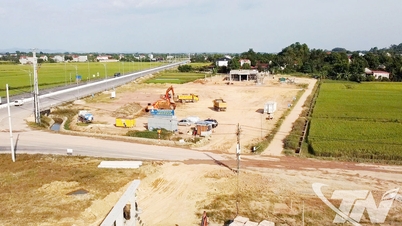

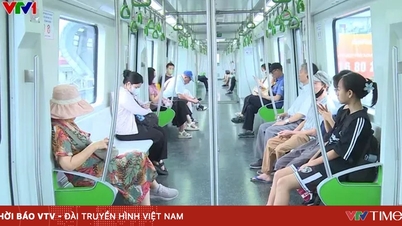








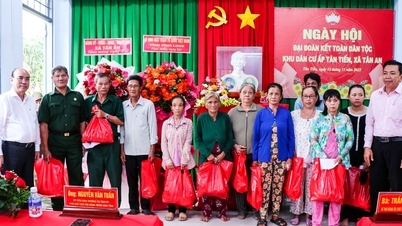





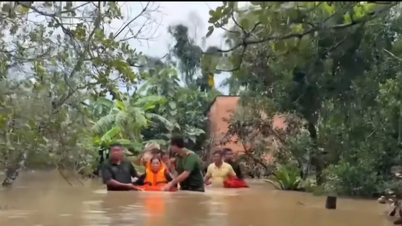

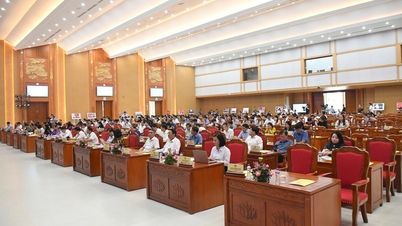








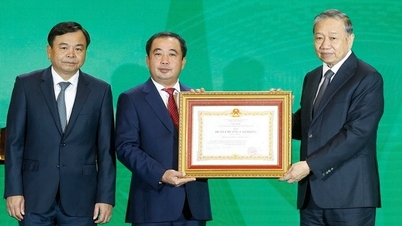
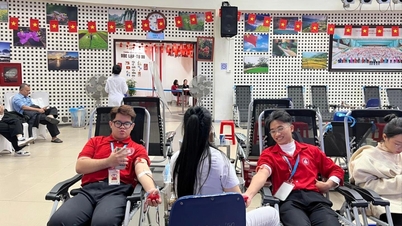




































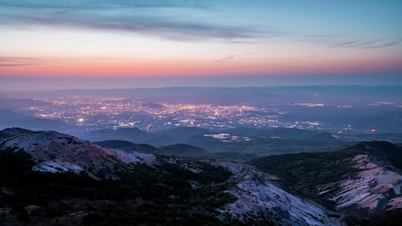


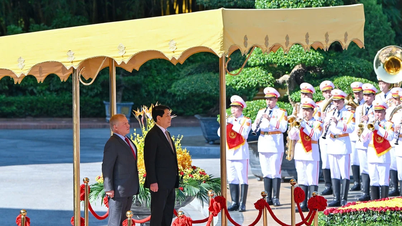





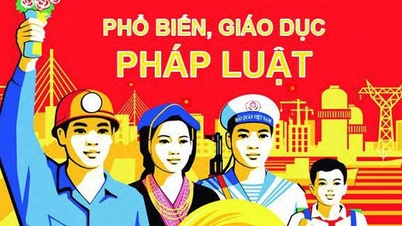

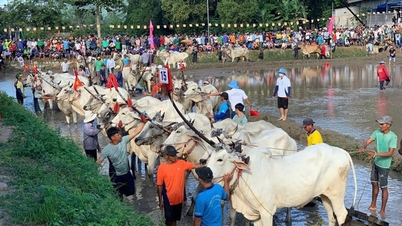















![Dong Nai OCOP transition: [Article 3] Linking tourism with OCOP product consumption](https://vphoto.vietnam.vn/thumb/402x226/vietnam/resource/IMAGE/2025/11/10/1762739199309_1324-2740-7_n-162543_981.jpeg)





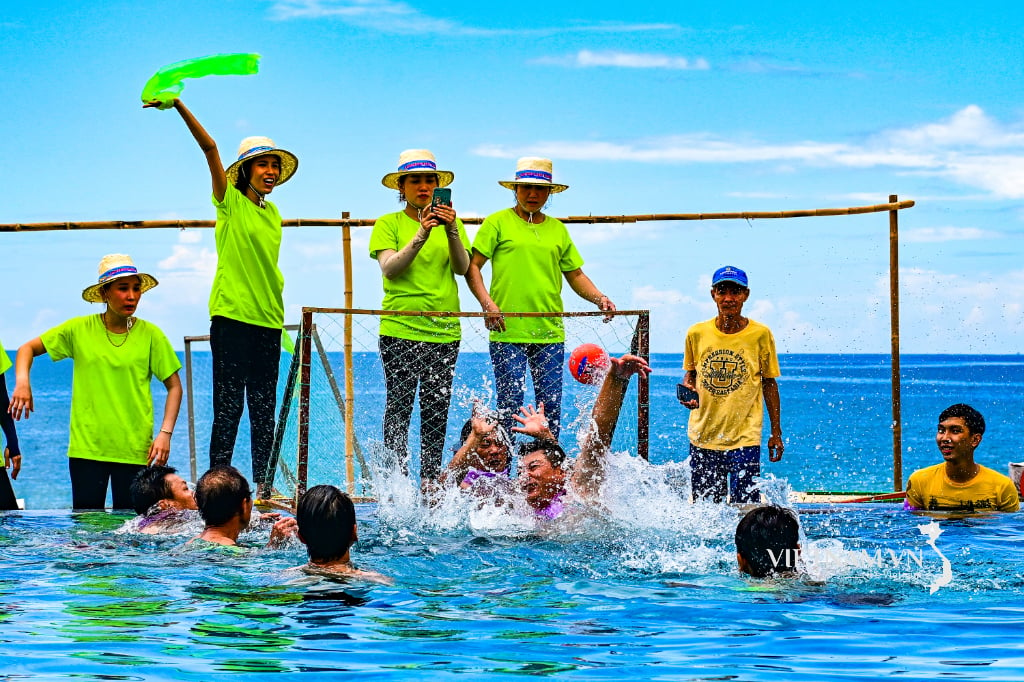


Comment (0)